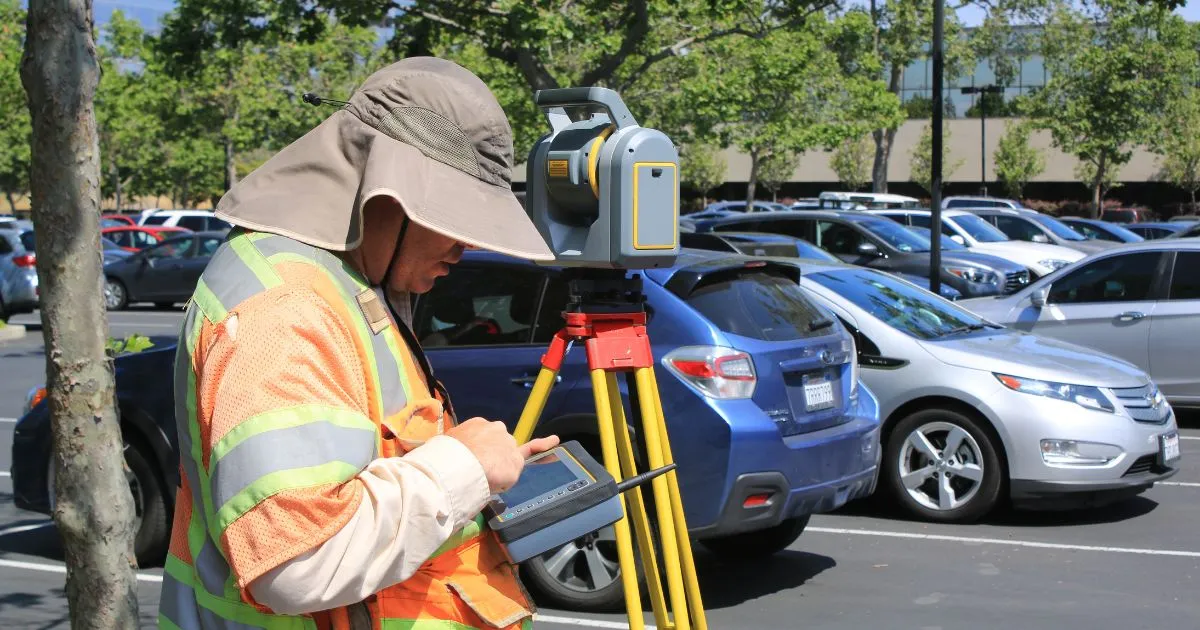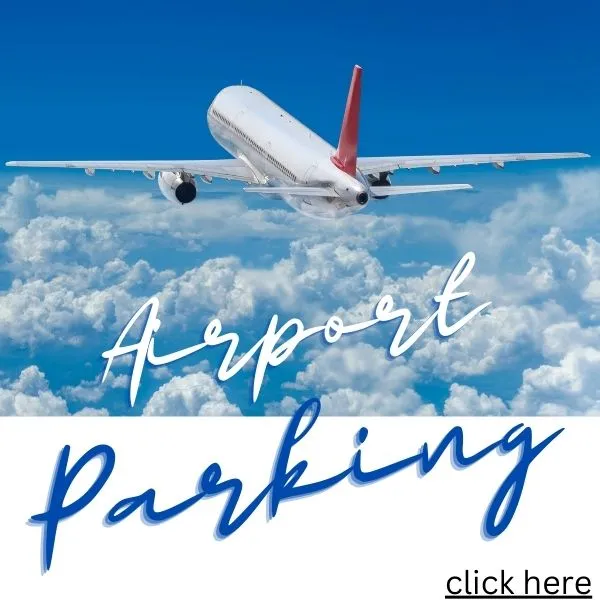Read The Blog Below And Learn All About Parking
Parking is an essential element of the transport system and is found in various cities around the world. It's a vital part of urban transit, giving drivers a place to leave their vehicles while they go about their daily activities. Parking lots vary greatly in size and structure, ranging from small outdoor areas to vast multi-level garages. Generally, parking spaces are divided and managed by local governments or private organizations in a grid-like pattern. Parking regulations can differ from city to city, including payment methods, time limits and other restrictions. With the development of cutting-edge technologies like modern management systems, reserving spots and controlling access have now become more accessible. This has profoundly revolutionized the way people utilize parking facilities worldwide and opened up new business prospects in this sector.

Finding a spot to park can be a tricky and tedious task, particularly in busy urban environments. Drivers should leave themselves plenty of time to search for an available space when planning their journey. Mobile applications and websites can be used to help narrow the selection of locations and simplify the process of booking parking. Moreover, online resources such as Google Maps and parking garage locators can provide a wider view of the various nearby parking options. With both online tools and mobile apps, drivers can compare costs and locations to secure the best spot available. Although parking garages may be more costly than street parking due to their added security features, they offer a safer and more convenient option. Ultimately, with proper research and planning, drivers can easily find the right place to park.

There are different types of parking that cater to various needs. For instance, surface parking is the most commonly seen type of parking in public areas such as malls and parks; this lot may range from small spaces to larger ones that occupy multiple blocks. Underground parking offers a more secure solution for protecting vehicles from theft or bad weather; it typically requires an access card to enter a secure area where the cars are monitored with security cameras and personnel. Valet or drive-up parking is a service where someone parks your car for you so that you don't have to look for an open spot yourself. Finally, specialized parking such as handicapped spaces are accessible to those who need them most. With the right resources and planning, finding a good spot to park is not impossible.
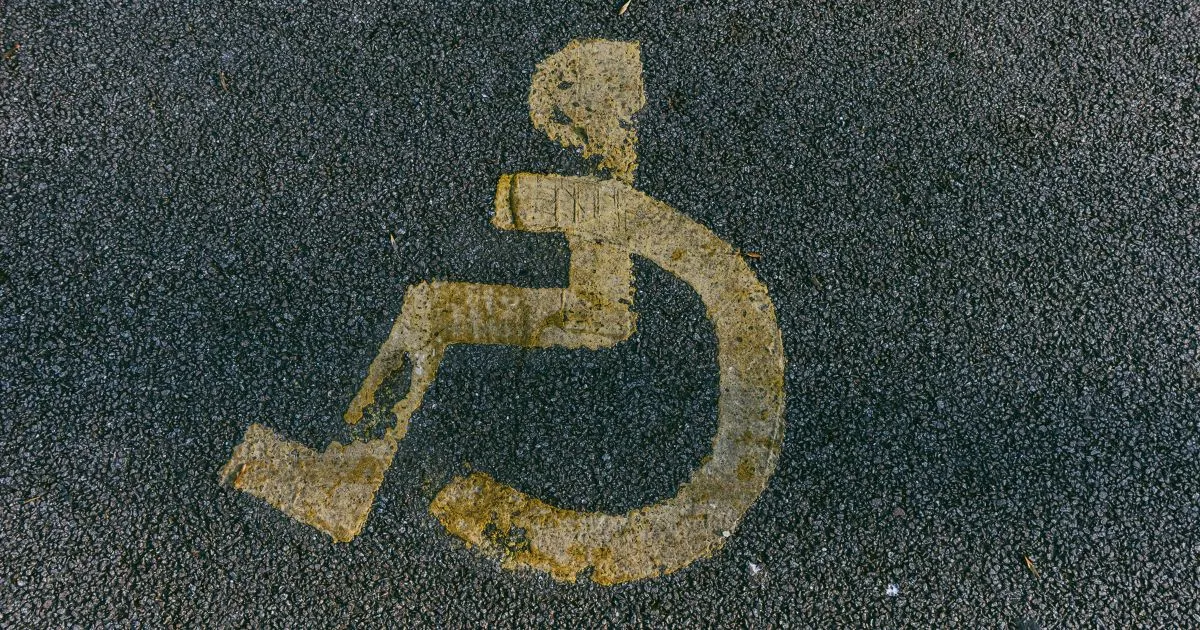
Parking can be a great asset to those who commute by car or take road trips. It offers the freedom of movement and peace of mind that your vehicle is safely stored when needed. The convenience of parking eliminates the daily search for street spots, plus it often provides greater security than many public roads with more surveillance cameras and guards in garages and lots. Additionally, there is less competition for parking spots and no chance of being blocked in on busy streets when having access to dedicated spots. Lastly, commuters can benefit from discounts at select garages with pre-paid reserved parking.
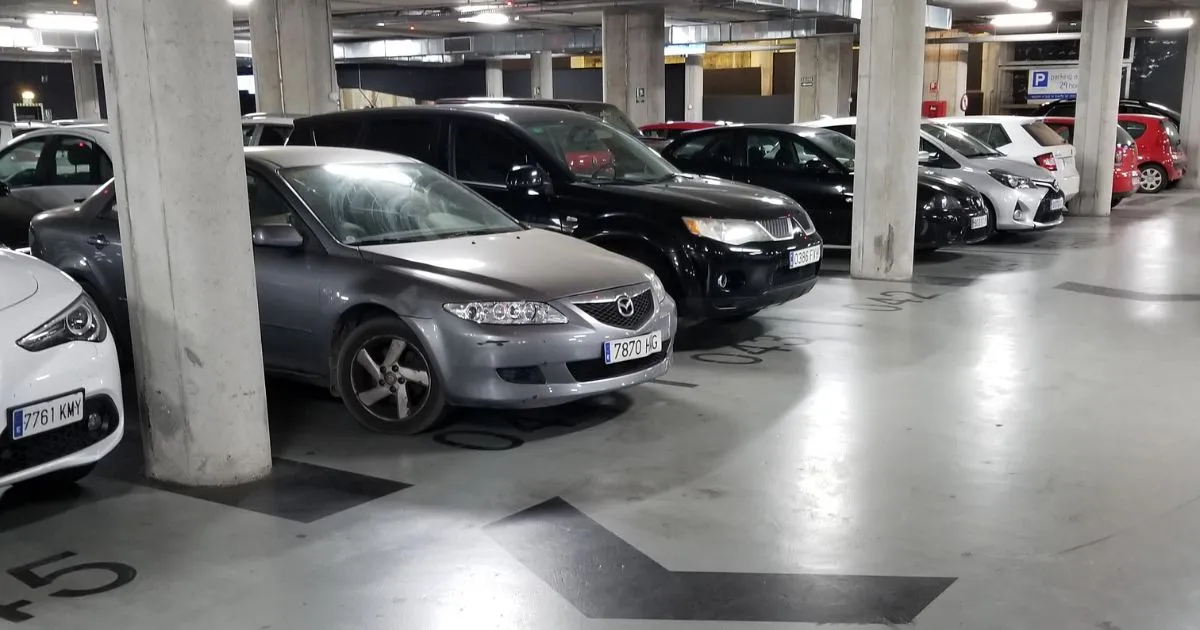
Alternatives to parking can help relieve traffic congestion, save money on parking fees, and even promote physical fitness. Public transit systems are one obvious option, while carpooling and ride sharing services have become increasingly popular choices. Exploring bicycle lanes or walking paths is another great way to cut down transportation costs and get some exercise in the process. Additionally, sharing cars or car rental services provide convenient and cost-effective solutions, as well as environmental benefits when compared to traditional parking methods. With these options, everyone can benefit from a more efficient and cost-effective way of getting around.
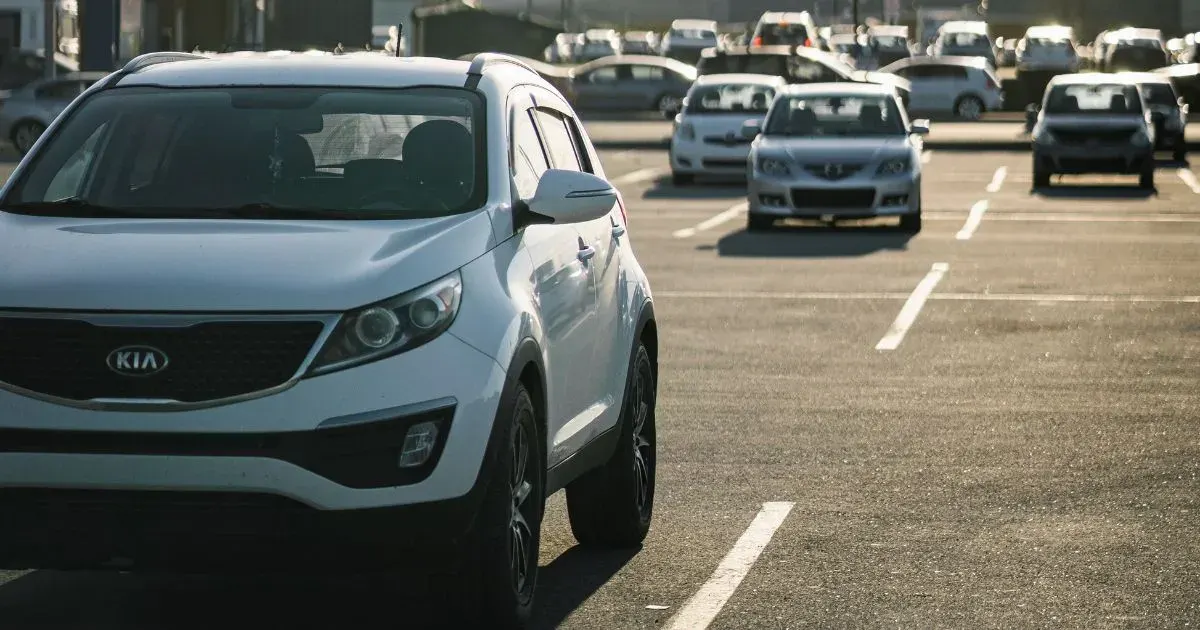
In summary, parking is a crucial part of urban life. It enables people to reach their jobs, shops, and other locations in the city conveniently. By smartly managing available parking spaces, traffic congestion can be reduced, air pollution levels can be lowered, and cities can become more enjoyable places to live in. With proper planning and implementation of the right strategies, cities can guarantee they have sufficient parking while still upholding a safe and pleasant atmosphere. By taking into account both short-term and long-term solutions to provide adequate parking capacity, local authorities can bring about positive changes for both locals and visitors.
